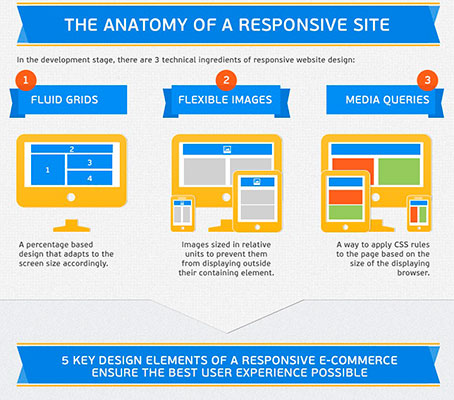Important Website Design Tips: How To Build A Website That Prioritizes User Experience
Important Website Design Tips: How To Build A Website That Prioritizes User Experience
Blog Article
Content Written By-Le Neville
When it concerns website design, making certain user-friendliness is vital. From receptive layout to streamlined navigating, every component plays an essential duty in developing a site that deals with your audience's demands. But what concerning the finer details that can make or damage an individual's browsing experience? Keep tuned as we discover some often-overlooked ideas that can boost your site's usability to the next degree, making it absolutely stand out in the electronic landscape.
Value of Responsive Layout
Receptive style is a crucial facet of contemporary internet site growth. Ensuring your internet site is responsive means that it can adjust to different display dimensions and gadgets, providing a seamless experience for users.
With the increasing use smart devices and tablet computers to access the net, having a responsive design is crucial for reaching a wider target market. It helps in boosting user experience by making your internet site easy to navigate and read on any kind of tool.
In addition, receptive style can favorably affect your internet search engine positions, as internet search engine like Google prioritize mobile-friendly sites. By having a responsive layout, you're also future-proofing your website, as brand-new devices with differing display dimensions remain to arise.
Simplify Navigating Framework
To improve customer experience and facilitate easy access to details on your site, improving the navigation framework is extremely important. When creating mouse click the following post , focus on developing a clear and user-friendly navigation menu that helps visitors discover what they're looking for quickly.
Find Out More of menu items to the basics, organizing related web pages together to stay clear of overwhelming individuals. Usage detailed labels that clearly indicate the material of each web page, making it much easier for users to comprehend where each web link will certainly take them.
Think about implementing dropdown food selections for subcategories to stop littering the major navigation bar. Additionally, include a search bar plainly on the page for users that like searching for specific details.
Prioritize mobile responsiveness in your navigation design to make certain easy accessibility on all tools.
Optimize Web Page Lots Speed
Improving web page tons speed is crucial for preserving site visitors on your web site. Slow-loading web pages frustrate individuals and can result in high bounce rates. To maximize web page load rate, begin by optimizing pictures. Press photos without endangering quality to minimize their file dimensions.
Furthermore, allow browser caching to save regularly accessed https://www.hospitalitynet.org/news/4109831.html in your area, quickening tons times for returning site visitors. Minify CSS, JavaScript, and HTML data by getting rid of unneeded personalities, comments, and format, improving load speed.
Think about using a web content distribution network (CDN) to disperse your web site's content throughout numerous servers worldwide, minimizing latency for customers accessing your website from various areas. Last but not least, restrict the use of third-party scripts and plugins, as they can significantly impact lots times.
Conclusion
Finally, by incorporating responsive design, simplifying navigating, and optimizing page load speed, you can create an user-friendly site that interest a bigger target market and improves customer experience. These essential elements make sure that site visitors can quickly access and browse your website throughout various tools, bring about raised interaction and contentment. By focusing on these key elements, you can construct a successful website that maintains customers coming back for even more.
